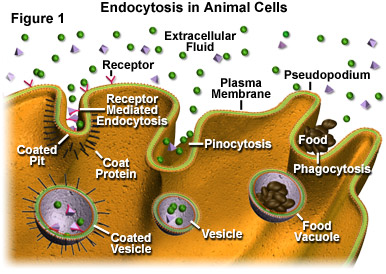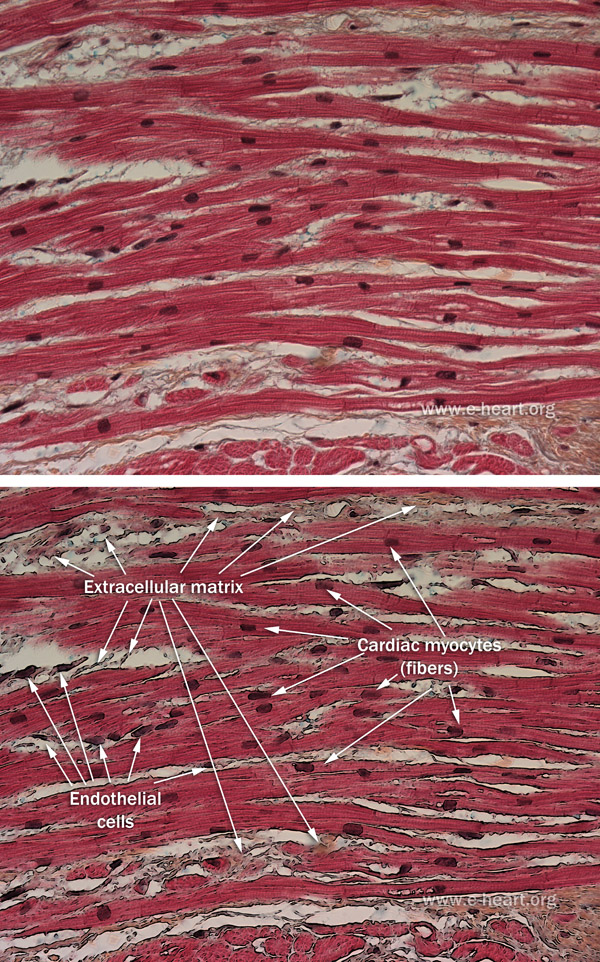Reference: http://en.wikipedia.org/wiki/Diffusion
Facilitated diffusion- molecules that cannot diffuse across the cell membrane's lipid bilayer on their own move through protein channels instead.

Reference: http://biology.about.com/od/cellularprocesses/ss/diffusion_2.htm
Active transport- when cells move materials in the opposite direction against a concentration difference

Reference: http://www.daviddarling.info/encyclopedia/A/active_transport.html
Endocytosis- the process of taking material into the cell by means of infoldings, or pockets, of the cell membrane

Reference: http://micro.magnet.fsu.edu/cells/endosomes/endosomes.html
Osmosis- the diffusion of water through a selectively permeable membrane

Reference: http://water.me.vccs.edu/courses/env108/lesson5.htm




